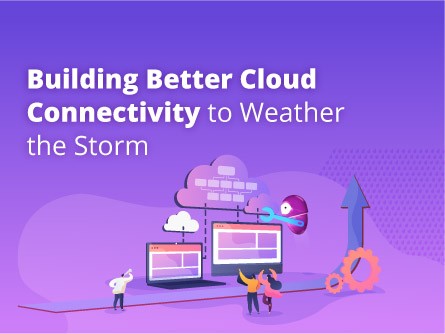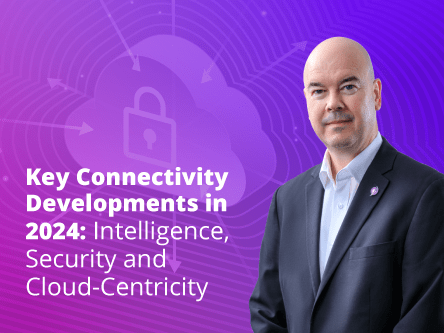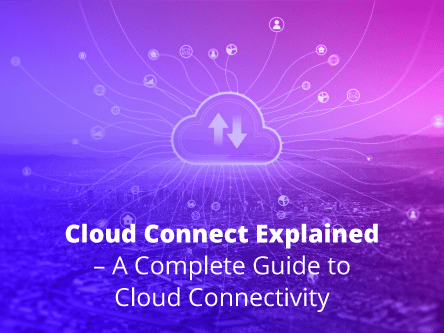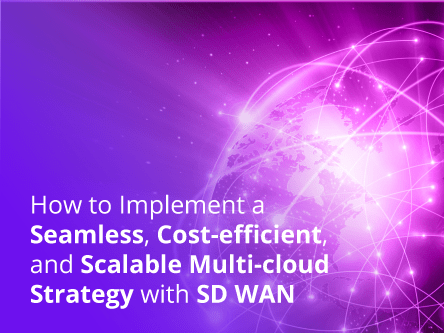The cloud has transformed the way we do business and changed how services are being delivered to customers. It has proven to have helped organisations improve business efficiency and accelerate their transformation.
While it has improved various aspects for businesses, it has also brought along several security and connectivity challenges.
By adopting the public cloud model, organisations are deploying their data and applications on a third party’s infrastructure.
This growing reliance on the cloud also means that businesses have become more susceptible to disruptions beyond their control, be it a software bug, misconfiguration or the network connectivity.
With more mission-critical applications moving to the cloud, organisations have to examine the connections between their business and the cloud.
- Repeated passing and processing of data takes time, and because more and more hops are taking place, the delivery speeds slow down.
- Bad actors, Botnets and DDoS attacks are on the rise, and can create serious data security issues for businesses.
- This negatively impacts customers’ experience and resources.
- Multi-hops also mean more points of failure and a wider surface area for attack, resulting in potentially catastrophic loss of data or downtime.
- Any downtime can lead to massive losses commercially as well as untold damage to the reputation of the business.
With growing concerns amongst businesses, many are now choosing to use dedicated connection to the cloud to bypass the public internet and its hazards.
It is a direct highway to the cloud, making it more stable and predictable. Dedicated, direct cloud connection should always be the preferred connectivity option for the best performance and security.







